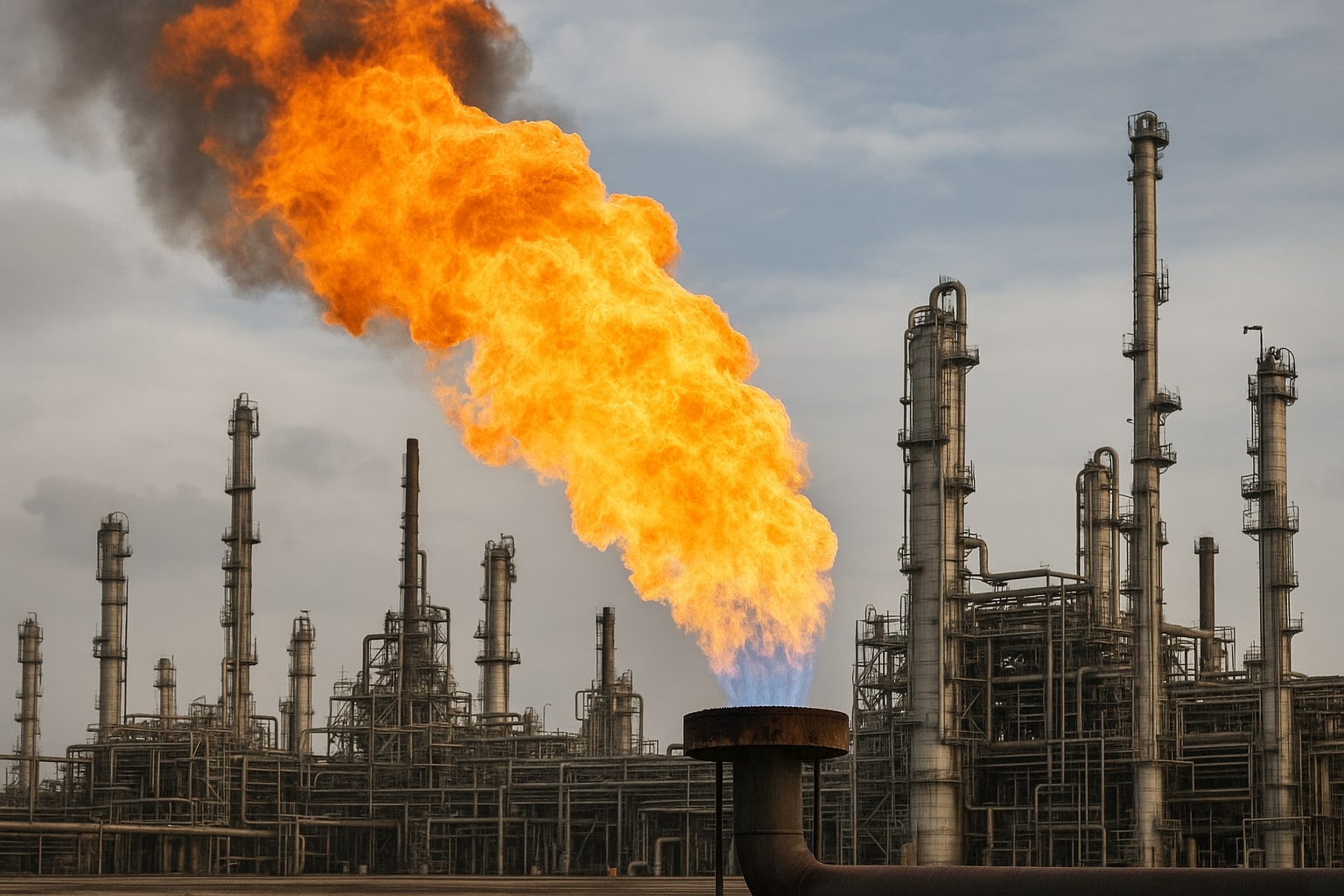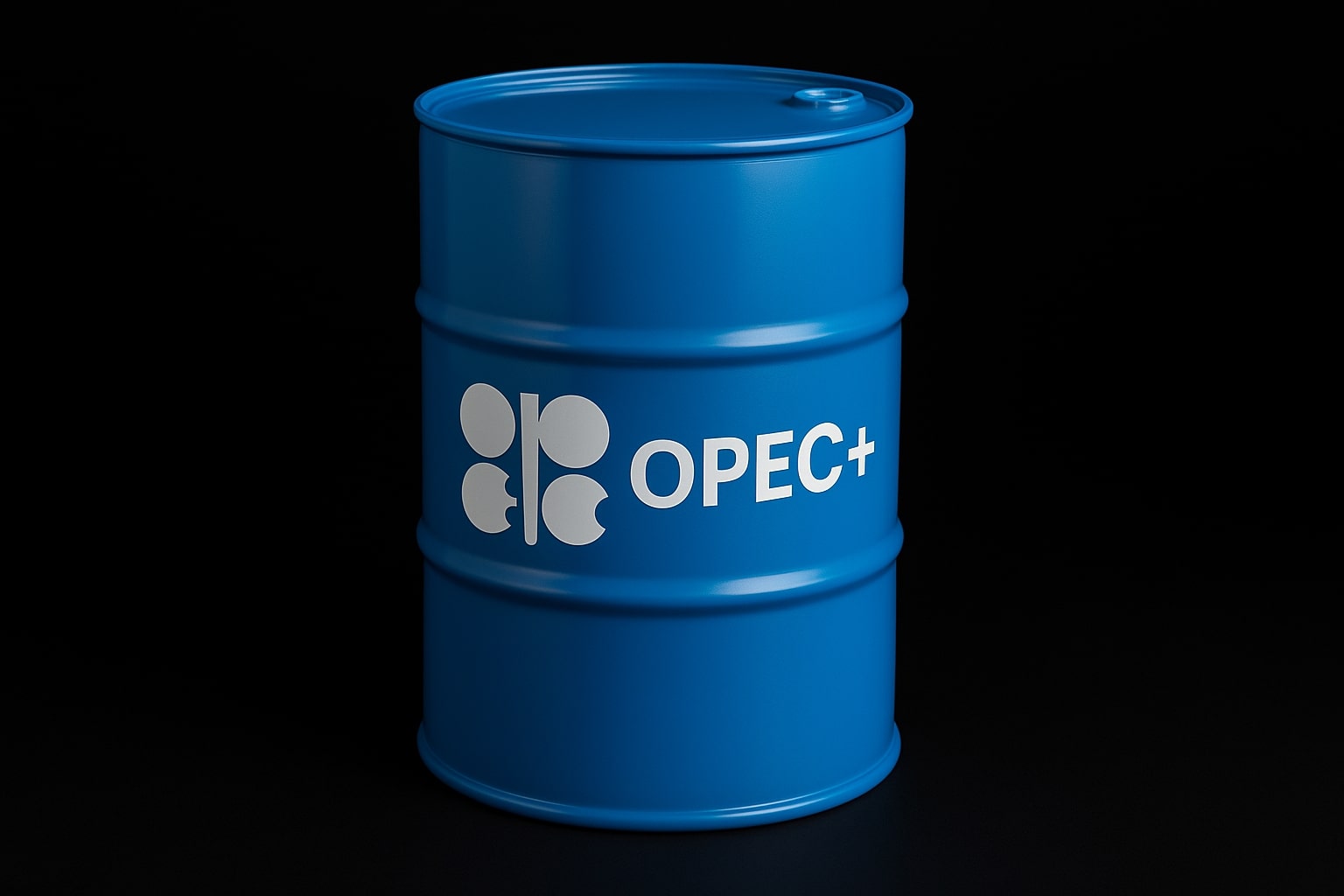Natural Gas Price Outlook: Can It Break $3.90 or Will It Dip Back to $3.55?
Natural gas prices have seen some stabilization recently, with trading fluctuating near key levels as buyers and sellers try to establish the direction for the next move. NG=F, currently fluctuating near $3.76, has faced mixed trading action in the past few sessions. After hitting a recent high of $3.760, the price has found itself stabilizing and attempting to gain strength near the moving average of $3.600, a significant support zone.
The natural gas market has shown signs of a rebound but also has risks of slipping further if certain support levels are breached. As of now, the key range for NG=F price action lies between $3.550 and $3.910. These levels have proven crucial in recent trading, with traders closely monitoring them for a breakout or breakdown. The immediate short-term outlook remains mixed, as the market struggles to maintain upward momentum without significant bullish triggers, which are anticipated to come from factors like increasing demand or improved market sentiment.
Natural Gas Trading and Demand Dynamics: What's Behind the Price Fluctuations?
The current phase of NG=F price fluctuations has resulted in sideways trading, particularly after failing to clear resistance at $3.76. This lack of upward momentum has left traders questioning whether the price can break the critical $3.91 level. Given the trendline support around $3.600, any further consolidation or failure to push through resistance could set the stage for a retracement back toward the $3.550 level, a possible indication of waning bullish sentiment.
The market’s focus is increasingly on the future of supply and demand. While recent reports suggest decreasing trade volumes in Turkey’s spot market for natural gas, the overall outlook for NG=F still hinges on broader market forces, such as competition with other energy sources and fluctuations in LNG pricing. In particular, competition from liquefied natural gas (LNG) buyers in North Asia has been a driving factor, with prices now hovering above $11 per million British thermal units (mmBtu). This surge in Asia's LNG market adds further pressure to the natural gas sector, which might influence NG=F price action as it competes for market share.
Volatility in Natural Gas: What Are the Key Risks in the Short-Term?
The natural gas price is currently facing potential downside risks, especially if it fails to break resistance at $3.72. A failure to move past this point would likely result in a pullback, possibly testing the $3.55 zone or the critical support at $3.40. However, should NG=F break through the $3.72 resistance and push towards $3.90, it could trigger a more significant move toward $4.01, followed by a possible run to $4.20, aligning with forecasts for further bullish momentum.
However, investors should remain cautious. The recent downtrend from NG=F highs—due to geopolitical factors, concerns about oversupply, and fluctuating demand from key global markets—leaves the market in a fragile state. For traders, this means waiting for confirmation from the NG=F chart to indicate whether the recent support at $3.55 holds, or whether the market will push back higher toward the $3.91 target. The NG=F price continues to struggle in a volatile trading range, caught between bullish attempts and the threat of additional losses.
Natural Gas in Turkey: What Impact Does Regional Market Activity Have?
Regional market activity, specifically in Turkey, has added a layer of complexity to the global natural gas market. The Turkish spot market saw a 49.4% drop in trade volume recently, with gas prices for 1,000 cubic meters in the spot market hitting 12,925.34 liras. This change occurred despite Turkey receiving around 142.8 million cubic meters of pipeline gas. Despite this drop, NG=F remains relatively resilient in the face of this regional pullback. Traders are wary of such decreases in demand, which could signal a broader weakness in natural gas prices.
Turkey’s natural gas market is closely watched, as it is a critical conduit for energy flows to Europe. The shift in Turkey’s natural gas trade highlights the ongoing balancing act between price fluctuations and regional demand shifts. As NG=F faces downward pressure from weaker market dynamics, the long-term outlook will depend on whether demand can recover from these temporary dips, particularly as natural gas producers work to navigate the impacts of geopolitical factors.
Geopolitical and Supply Chain Risks: What's Next for Natural Gas Prices?
Geopolitical factors, such as tensions in Eastern Europe and the global energy transition, continue to influence NG=F pricing. The increasing competition between liquefied natural gas producers and other forms of energy continues to drive pricing volatility. Natural gas remains an essential fuel source, especially for heating, power generation, and industrial use in the Northern Hemisphere. However, the price structure is expected to face more significant challenges as supply disruptions from geopolitical uncertainties begin to take a toll.
The shift toward more sustainable energy sources, such as solar and wind, also poses risks to the future of natural gas pricing. While natural gas remains vital, the growing reliance on renewables and energy storage technologies may reduce its long-term demand growth potential, especially if prices continue to rise. This dynamic will likely force NG=F to compete with these emerging energy sources, potentially leading to increased volatility in the natural gas market.
Natural Gas Price Predictions: What Can Investors Expect from NG=F in the Near-Term?
Looking ahead, NG=F is at a critical juncture. If the price manages to break above $3.72 and close above the $3.91 resistance, we could expect to see a renewed bullish phase, potentially pushing prices toward $4.01 or even higher, depending on how the market reacts to supply-demand imbalances. Conversely, if prices continue to fall below the $3.55 support level, we may see further corrections, pushing the price back towards lower support levels, such as $3.40.
Despite the bearish tendencies that have plagued natural gas prices in the short term, there is still room for bullish movement if NG=F can clear resistance levels and stabilize above critical thresholds. The long-term outlook for natural gas remains uncertain, with fluctuations in demand, geopolitical developments, and competition from other energy sources adding to the price volatility. As NG=F faces these challenges, it will be crucial to monitor support and resistance levels for any signs of a breakout or further consolidation in the market.
In conclusion, NG=F is at a crossroads. Traders should keep a close eye on how natural gas price dynamics evolve, especially as resistance levels are tested. With the price currently hovering around $3.76 and geopolitical developments continuing to play a major role, the next few weeks could be pivotal for natural gas pricing and NG=F market movements.




















